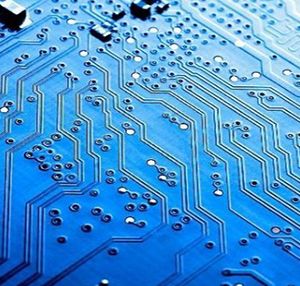The foundation and importance of digital integrated circuits
Digital integrated circuits, as the cornerstone of electronic engineering and information technology, play a vital role. This type of circuit occupies a central position in modern electronic systems due to its high efficiency and accuracy. Its basic structure is a binary system, which defines its working state through two levels of 1 and 0, which respectively represent the opening and closing of the circuit, or high level and low level. This concise logical state is not only easy to understand, but also provides extremely high reliability and efficiency in practical applications.
Representative applications of digital integrated circuits, such as microcontrollers and microprocessors, integrate millions of logic gates and flip-flops, demonstrating their ability to handle complex logic operations. These tiny electronic brains play key roles in everything from simple household appliances to advanced computing devices, demonstrating the central role of digital integrated circuits in modern technological advancements.
Digital Signal Processing and Logic Functions
Among the core functions of digital integrated circuits, processing discrete signals is particularly critical. They perform "true/false" logical operations on binary values and utilize basic logical functions such as "OR", "NOT" and "AND" to implement complex decision-making and control processes. The basis for the implementation of these logic operations is transistors, which are not only used to build basic logic gates, but can also be combined into more complex electronic components. With the development of technology, modern integrated circuits can integrate up to billions of transistors in a very small space. This high-density integration allows the circuit to perform extremely complex operations, from basic logic operations to advanced data processing functions.

Classification and Application of Digital Integrated Circuits
The diversity of digital integrated circuits is reflected in their wide range of classifications and applications. For example, Intel's microprocessor series use different naming schemes to distinguish their respective features and uses, such as the Pentium series, which marks an important milestone in Intel's processor technology. These processors are usually packaged in plastic casings with semiconductor LCs, demonstrating the development of integrated circuit packaging technology.
From numerical nomenclature to combinations of letters and numbers, processor naming reflects the advancement and diversity of technology. Examples of digital integrated circuits also include CMOS, MOS, TTL and other technologies. Each technology has its specific attributes and advantages, such as power consumption, speed, cost and adaptability to application fields. The development and application of these technologies have promoted the innovation of electronic technology and provided the possibility for the emergence of various high-tech products.
in conclusion
As the foundation of modern electronic technology, the importance and scope of applications of digital integrated circuits cannot be overestimated. From basic logic gates to complex microprocessors, the development of digital integrated circuits has promoted the rapid progress of information technology. By in-depth understanding of the working principles, classification and application of digital integrated circuits in modern technology, we can better grasp the development trends of electronic technology, further promote technological innovation, and meet the needs of social and economic development.
